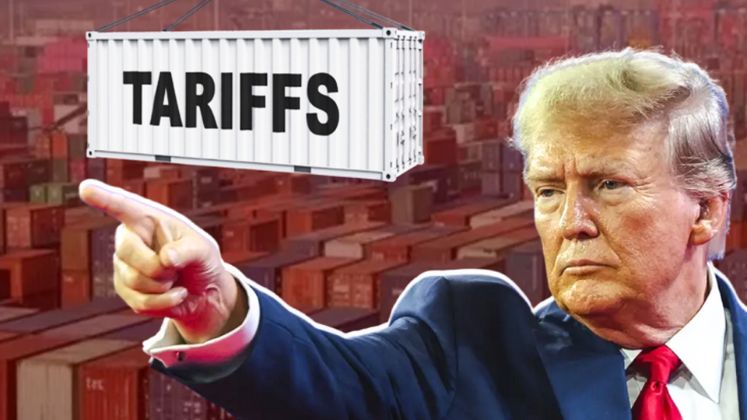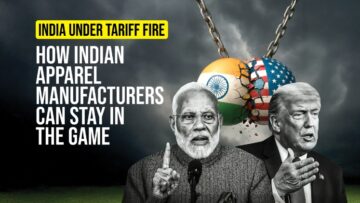
Export-oriented textiles and apparel manufacturers in the industrial hubs of Tirupur, Noida and Surat have halted production amid fears of losing cost competitiveness in the US market following the imposition of a 50% additional tariff, according to the Federation of Indian Export Organisations (FIEO).
FIEO President S. C. Ralhan said that textile units were rapidly losing ground to lower-cost rivals from Vietnam and Bangladesh. He urged the Government to roll out support measures to sustain momentum in the labour-intensive export industry.
Ralhan highlighted that about 55% of India’s US-bound shipments, worth US $ 47–48 billion, were now exposed to pricing disadvantages of 30–35%, making them uncompetitive against products from countries such as China, Vietnam, Cambodia, the Philippines and other Southeast and South Asian nations. He added that while urgent diplomatic engagement with the US remained critical, another route could involve promoting ‘Brand India’ through enhanced global branding, investment in quality certifications and embedding innovation in export strategies to improve global attractiveness.
He further stressed the need for immediate government support through measures such as interest subvention schemes and export credit support to sustain working capital and liquidity. According to him, this should include lower credit costs, easier availability of loans for MSMEs, and support from banks and financial institutions under directives from both the government and the Reserve Bank of India. Ralhan also called for a one-year moratorium on principal and interest repayments, alongside a 30% automatic enhancement of existing credit limits with collateral-free lending.
Exporters emphasised that trade agreements with the EU, Oman, Chile, Peru, the GCC, Africa and Latin American countries—particularly with early-harvest provisions for labour-intensive sectors—should be prioritised.
Apparel Export Promotion Council (AEPC) secretary general Mithilishwar Thakur observed that while winter orders were limited, exporters were holding spring orders scheduled to be shipped between October and December. He said buyers were demanding discounts of around 30% to align Indian pricing with competing countries where tariffs stood at around 20%. Thakur noted that exporters might absorb the losses temporarily to retain relationships with buyers and keep workers engaged, but warned that layoffs could begin unless a sustainable solution was found.






